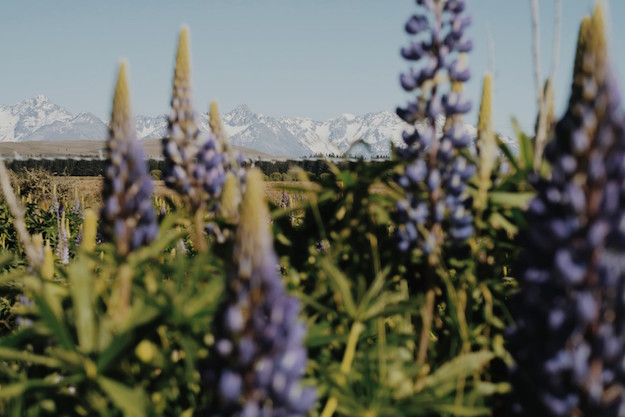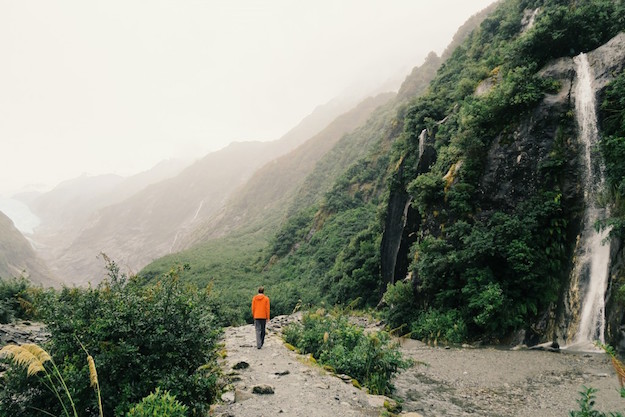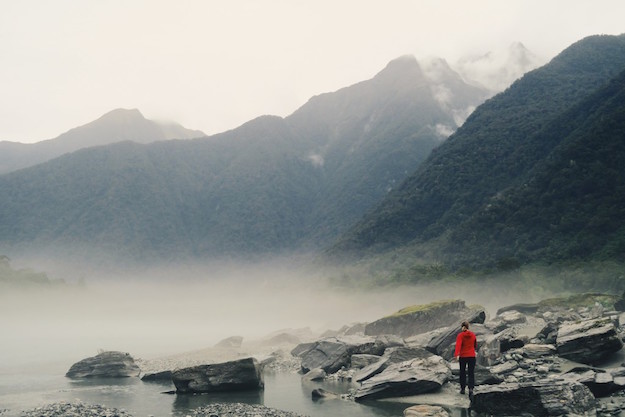In a world where countries often come with increasingly similar attributes to its neighbours, it’s always refreshing to find a place a little quirky. To me, that is what New Zealand is. More sheep than people reside here, a fact many seem proud to tell you. It is a place with endless views, cheerful locals, and a culture that embraces its Maori influences.
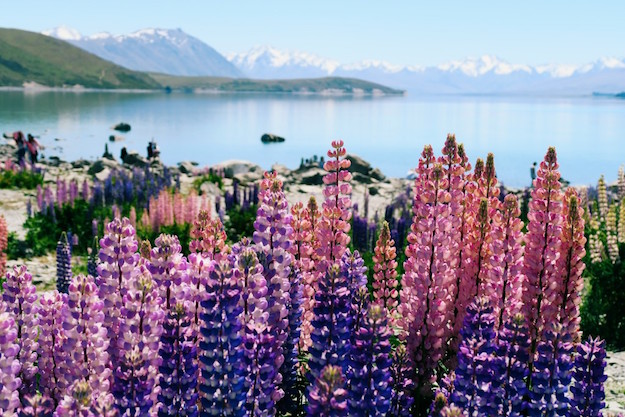 Russell Lupins in glorious display on the shore of Lake Tekapo, New Zealand. The best time of year to see these flowers in full bloom is November and December.
Russell Lupins in glorious display on the shore of Lake Tekapo, New Zealand. The best time of year to see these flowers in full bloom is November and December.
A friendly welcome is extended on arrival and from the moment you land it’s hard not to notice the subtleties that have created this unique place. Despite being one of the world’s last inhabited islands, the Moari’s eight hundred year impact on the island is still felt. From the repetition of hearing the Kiwi greeting of kia ora, watching the haka dance performed at sporting events, to spying the carved greenstone jade that hangs from the local’s necks, the culture that is incorporated into everyday life feels authentic.
While a cultural tour to New Zealand is indeed a worthy reason to visit New Zealand, it is the lure of the scenery that brings me back to the island nations shores. For such a small island, so much of its landscape features turbulent activity which created outrageous beauty. From volcanoes to earthquakes, New Zealand’s landscape has recently been argued to be of its own continent after the landmass broke away from Australia millions of years ago and mostly sunk into the sea. It was as the continents shifted that the slamming into the Pacific plate caused a great mountain mass to emerge.
It is within this range that my personal favourite of New Zealand’s stunning array of beauty exists. Soaring peaks are capped by glaciers and in hanging valleys below them, their meltwater creates stunning turquoise lakes. Over time those glaciers have carved out steep mountain cliffs with waterfalls that crash over the ledges into dense tropical jungles of the west coast. To the east, brown hills of dry shrubs lie in the background of the gorgeous lupins that line the smokey blue waters of Lake Tekapo.
In the southern reaches, tranquil bays such as Doubtful Sound make you appreciate a silence rarely heard in a country that hums with tourism. On the towering granite pillars that slice into the skies near Mount Cook, the curious kea bird chirps and tries to find a way to relieve you of your snack.
Away from the crowds and into the wilderness is where New Zealand truly shines. For not many places on earth have this variety and beauty packed into such a small space.
Here is a quick photo journey through this area of the South Island of New Zealand:
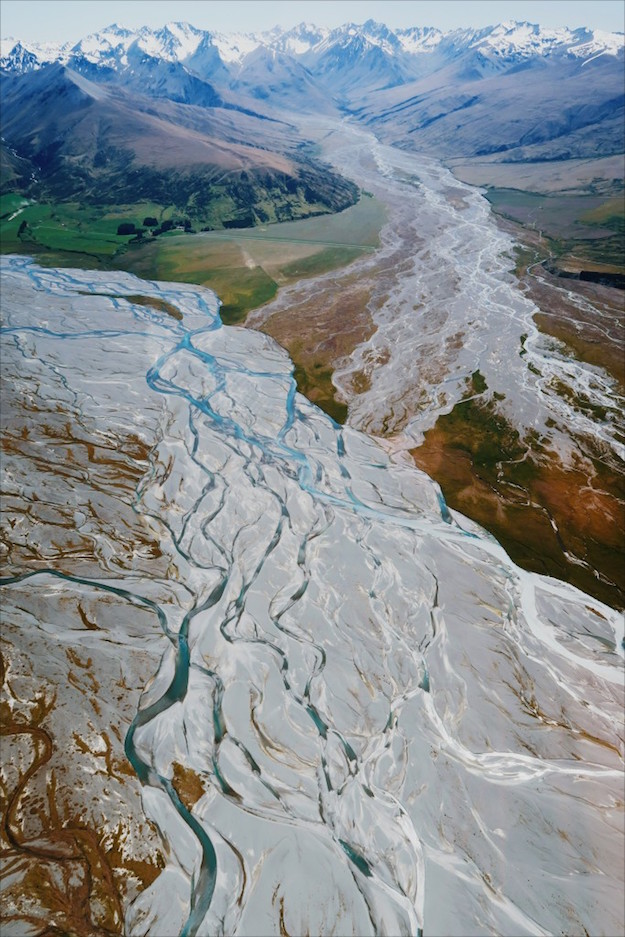
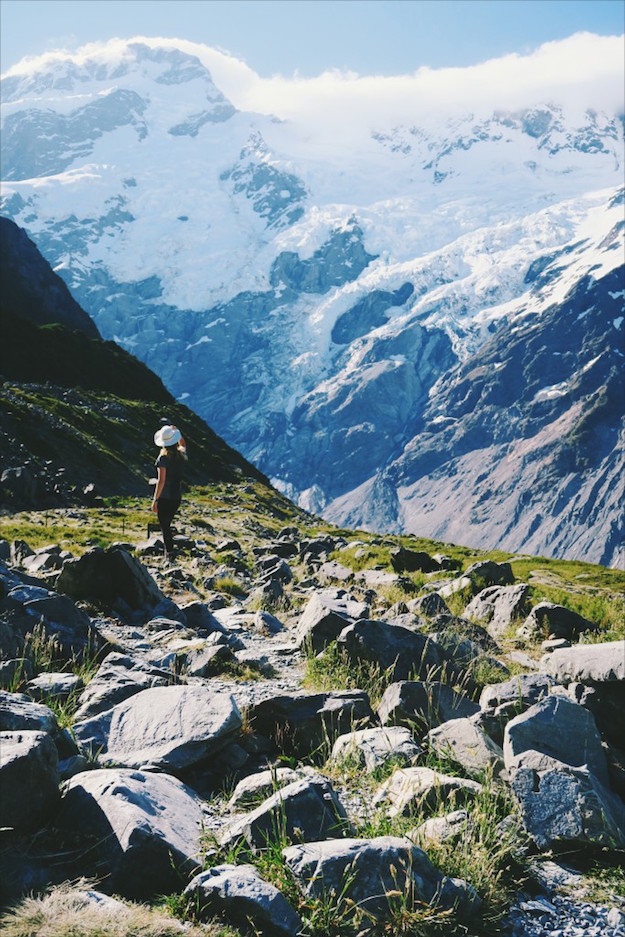 New Zealand’s Mount Cook is also known by its Maori name of Aoraki. It’s the tallest mountain in New Zealand, at 3,724 metres (12,218 feet), and is located on the South Island.
New Zealand’s Mount Cook is also known by its Maori name of Aoraki. It’s the tallest mountain in New Zealand, at 3,724 metres (12,218 feet), and is located on the South Island.
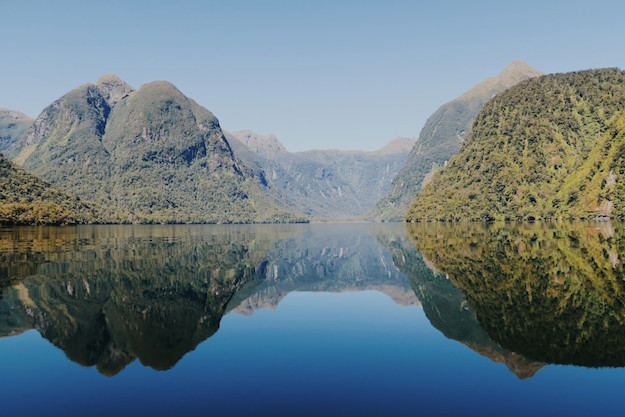 Doubtful Sound is one of the top destinations for visitors to New Zealand. It reaches 421 metres deep, and reaches 40 kilometres into the South Island. Visitors to Doubtful Sound are often able to see Fiordland Crested Penguins and New Zealand Fur Seals, in addition to the spectacular views offered here.
Doubtful Sound is one of the top destinations for visitors to New Zealand. It reaches 421 metres deep, and reaches 40 kilometres into the South Island. Visitors to Doubtful Sound are often able to see Fiordland Crested Penguins and New Zealand Fur Seals, in addition to the spectacular views offered here.
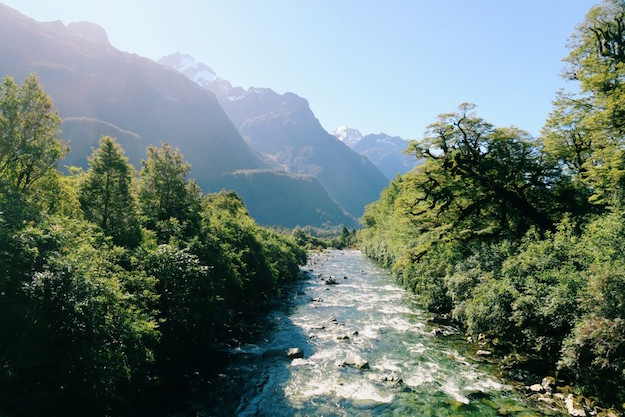 Doubtful Sound is one of the top destinations for visitors to New Zealand. It reaches 421 metres deep, and reaches 40 kilometres into the South Island. Visitors to Doubtful Sound are often able to see Fiordland Crested Penguins and New Zealand Fur Seals, in addition to the spectacular views offered here.
Doubtful Sound is one of the top destinations for visitors to New Zealand. It reaches 421 metres deep, and reaches 40 kilometres into the South Island. Visitors to Doubtful Sound are often able to see Fiordland Crested Penguins and New Zealand Fur Seals, in addition to the spectacular views offered here.
Photo credits: Rachel Kristensen
This photo journey was created following a 15 day New Zealand tour with Adventures Abroad Travel. Learn more about this fascinating destination.
If you're planning a trip to New Zealand, you might want to travel to Australia as well!
